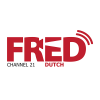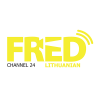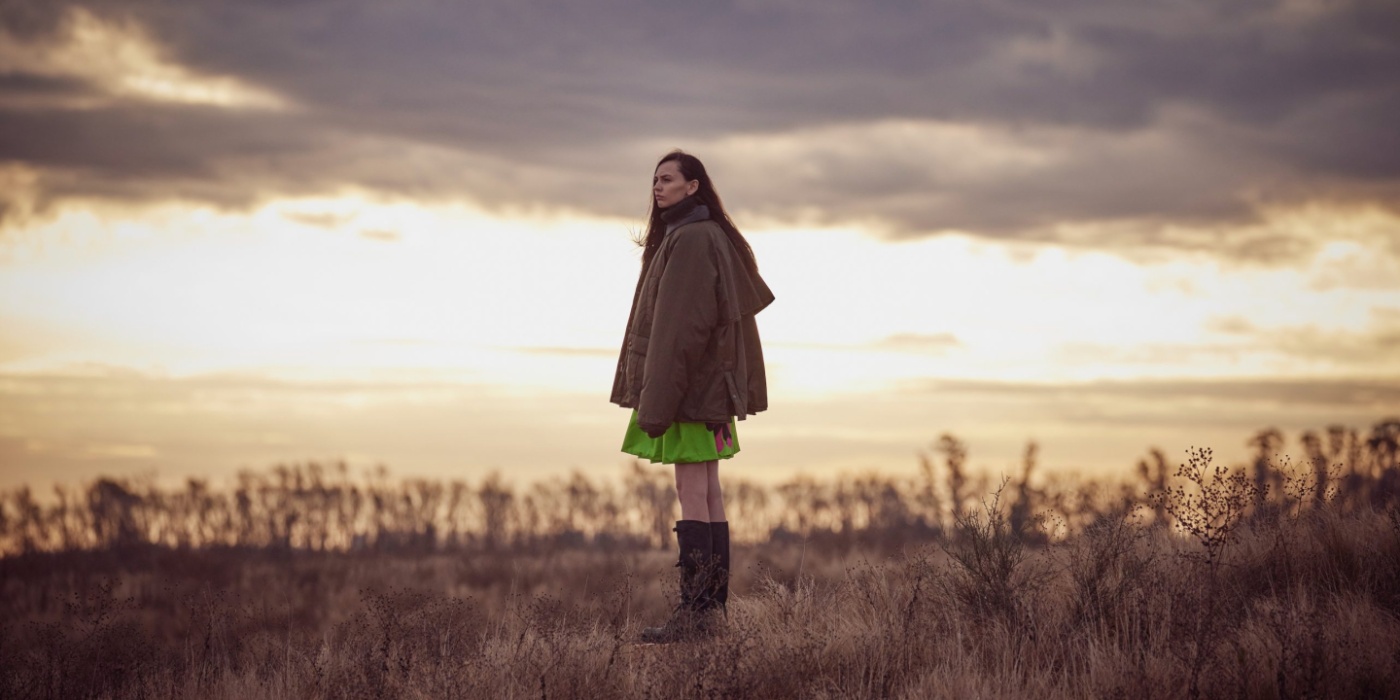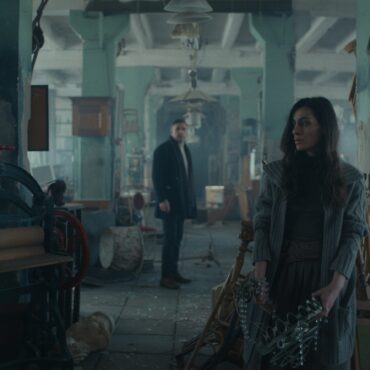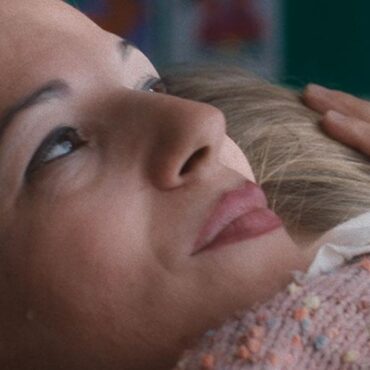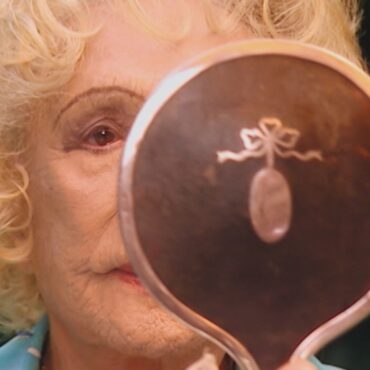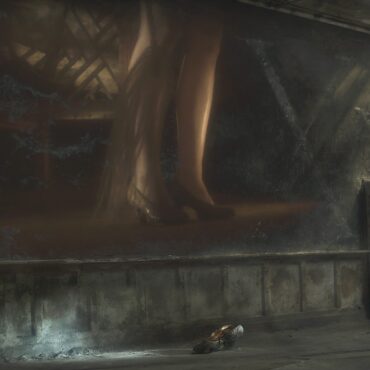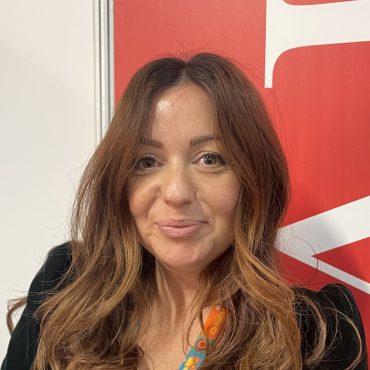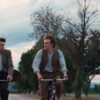A unique exploration of the fashion world
In a compelling interview, Laura Citarella, the director of “El Affaire Miu Miu” in Giornate degli Autori section, opens up about her unique exploration of the fashion world and the challenges of combining artistic expression with themes of femininity. Initially hesitant to dive into this genre—citing her unfamiliarity with fashion— Laura Citarella was intrigued by the opportunity presented by the Miu Miu Women’s Tales series, a project aimed at amplifying the voices of women filmmakers.
Building on past successes
Laura Citarella’s involvement in the project builds upon her previous work, particularly her film “Trenque Lauquen,” which premiered at the 79th Venice International Film Festival. While “El Affaire Miu Miu” is not a direct sequel, it draws on familiar faces in its cast and crew, allowing Laura Citarella to explore new themes while maintaining a connection to her earlier projects.
A mysterious tale
The film tells the story of an enigmatic model who captivates a small town in Latin America, only to vanish mysteriously, prompting three women to embark on a quest to find her, guided by a trail of clothing. Citarella describes her approach to blending her own creative universe with the unfamiliar territory of fashion: “I thought the best way to realize ‘El Affaire Miu Miu’ was to find a balance between my world and that of fashion.”
Clothing as a central character
A central theme in the film is the portrayal of clothing as more than just apparel—it becomes a character in its own right. “As one character says, ‘The clothes are the protagonists,” Citarella affirms, emphasizing that fashion serves not only as a visual element but also as a storytelling device. This choice underlines how fashion goes beyond aesthetics to reflect complex relationships and identities.
The creative process
Discussing her creative process, Citarella shares that she often starts by crafting characters with specific actors in mind. This method enables her to infuse her narratives with personal connections and experiences, adding depth to the storytelling. She draws inspiration from everyday life, such as a striking image in the film of a woman walking alone, watched by the city’s security cameras. “It’s a model, and it’s quite strange to see her wandering in a small town far from Buenos Aires,” she reflects, highlighting the contrast between the model’s glamour and the backdrop of ordinary life.
Humor in the film
Humor also plays a vital role in the film, particularly in a scene featuring the character Chicho, who anxiously fears being blamed for the model’s disappearance, only to be reassured, “Don’t worry; no one cares about you.” Citarella notes that this moment mirrors her own experiences, showing how natural humor can seamlessly flow from real life into her creative work.
When asked about the core message of “El Affaire Miu Miu” Citarella finds it hard to pin down. “I believe cinema is a space where diverse elements can converge,” she explains, expressing her hope that the film serves as a platform for exploring fashion through the lens of narrative and fiction.
Citarella’s foray into the fashion world has been a journey of discovery, allowing her to navigate an unfamiliar domain. “Since I know little about fashion, I sought to make this lack of knowledge a part of the short,” she reveals, embracing a curious and open-minded approach to the subject.
The supportive nature of independent filmmaking
Reflecting on her experience as a female director, Citarella highlights the advantages of working in the independent film sector. She describes a collaborative, familial atmosphere on set, where her family members often participate in the filmmaking process. “When I make a film, we all move together: my mother, my father, my husband, the children. This allows me to avoid issues many women face in the industry,” she explains, underscoring the supportive nature of her work environment.
In conclusion, “El Affaire Miu Miu” is more than a film about fashion; it is a lens through which Citarella examines broader themes of femininity, identity, and connection. By weaving together the worlds of fashion and storytelling, she invites viewers to reflect on the deeper meanings embedded in the fabric of our lives.
Plot
Nothing went as planned: what seemed like an original idea (to bring an international fashion event to a small town in the Argentine Pampas) ended up becoming a mysterious affair, with a model who seems to have vanished into thin air and continues to scatter little clues here and there across the vast plains. Yet nothing is too strange for Commissioner Sirota and his particular team, which, this time, includes a clairvoyant, a legendary Santa Rosa detective and some picturesque peritas who choose to work at night, moving to the rhythm of Ska. In all this, a disturbing question emerges: is this a police case, or is someone (the police, the whole city, the Italians - all of us, who knows) playing a trick on them?
















